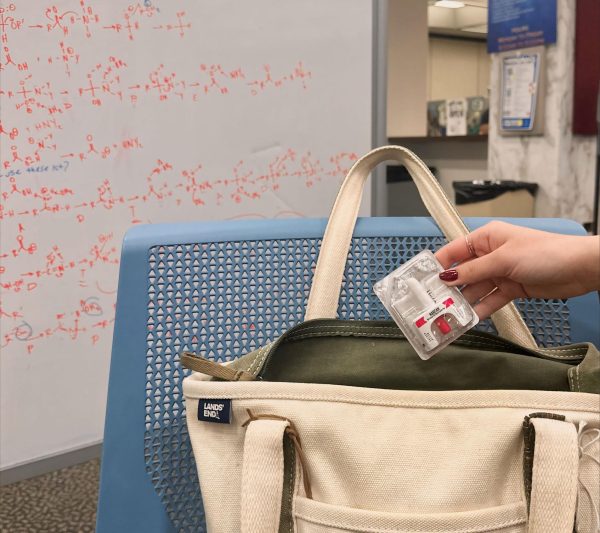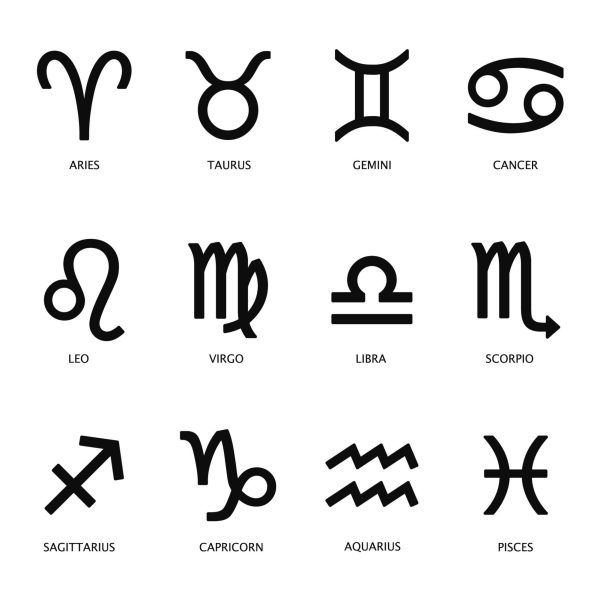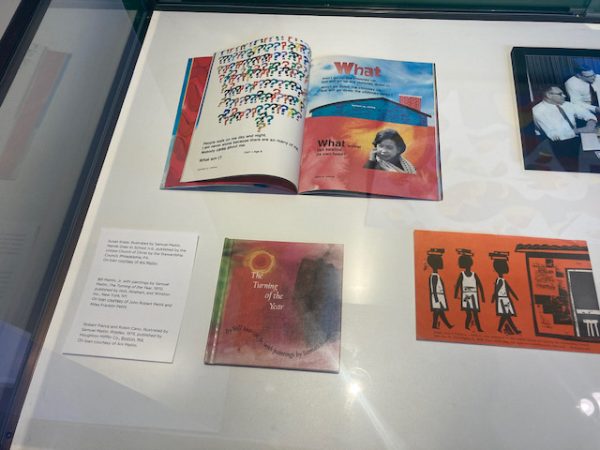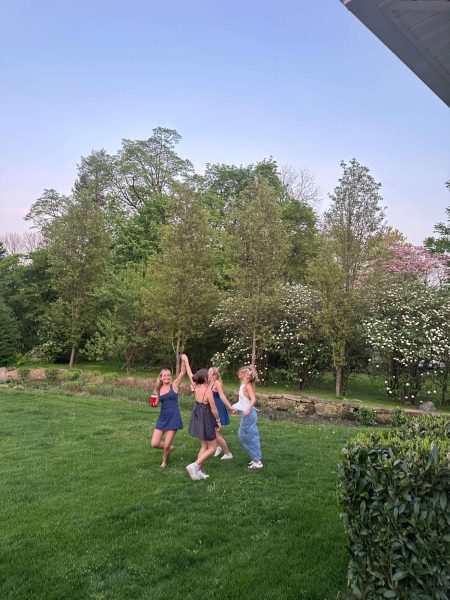Clothesline Project adds a visual to domestic violence
December 4, 2014
Many hearts, broken, bruised, torn or stabbed, decorated the shirts displayed around the room during the “Challenging Global Gender Violence: The Global Clothesline Project” presentation. The movement began in 1990 with artist Rachel Carey-Harper in Cape Cod, Mass., and aims to end the quietly pervasive and destructive pattern of violence against women by raising awareness of the dire reality for many women and showing support for survivors who often feel completely alone. The movement, which displays T-shirts decorated by survivors, friends and family of victims and community members, has spread around the world.
Thanks to the Clothesline Project, women across the world have the chance to be heard and to heal by expressing their experiences in a safe space. Though their experiences vary across each situation and culture, the ways these women express their experiences have remarkable similarities. The hearts, said presenter Susan Rose of the department of sociology at Dickinson College, as well as the word “NO!” and the colors black and red are strikingly common symbols that survivors include on their shirts.
But what does a laundry line of shirts do to stop violence against women? The colorful shirts serve as a powerful reminder of the number of lives this kind of violence has impacted. The emotional trauma many of these people suffer is horrific, and yet, these issues are often ignored. Because the natural response to these traumatic experiences is to repress the memory and silence can seem to be the safest option, many women become trapped in silence, feeling isolated and alone, never dealing with or healing from their pain. Designing these shirts gives women a voice, some for the first time, to speak out against the abuse they suffered.
The project opens up a dialogue in communities in a way that keeps women safe by allowing them to break their silence. Survivors are able to bring awareness to this issue without facing the repercussions from those who don’t want them to be heard. The shirts are color-coded: white represents women who were murdered, orange represents rape, yellow is battered or assaulted women, green and blue is for survivors of sexual abuse and incest, purple represents women attacked for their sexual orientation, and black for women attacked for political reasons.
Each shirt represents a story and the Clothesline Project has told the stories of countless women and children across the world whose lives have been forever altered by violence. Rose has written a number of articles and books on the subject and worked with the Pennsylvania Clothesline Project to produce multiple documentaries interviewing women from the United States, Venezuela, Bosnia, the Netherlands and Cameroon, about the violence they suffered and their experiences recovering and healing from their ordeals. Gender violence deprives the world of women’s full participation in their community because dominance and fear keep many of them from reaching their potential.
According to Rose, “the most endemic form of gender violence is intimate partner violence,” and after speaking to many women in these situations she has seen that “the sense of being caught is very real and very powerful.” It can be extremely difficult for women to leave abusive relationships for many psychological or economic reasons or because of fear that the husband or boyfriend will come after her or her children.
Each interview is a testimony that reveals the terrifying reality of abuse, and this is not just a developing-country problem. According to the U.S. Department of Justice, 85 percent of domestic violence victims are women. Domestic violence is the leading cause of injury to women in the United States, and only about half of domestic violence incidents are reported to police. More than half of female domestic violence victims live in households with children under the age of 12 and this means an increased risk of child abuse and the child later continuing the cycle of violence. This abuse occurs regardless of race, age, education or religion.
Rose carefully explained that this movement is not meant to demonize men, that the facts are, women’s rights are compromised in ways that men’s are not, and violence against women is perpetuated and justified by many cultural, political, economic and structures. Most gender violence, such as rape, is actually carried out by a minority of men, serial rapists, who offend again and again. Education about gender violence, what makes a healthy relationship, and concepts like the “Power and Control Wheel” can help break the cycle of violence that holds us all back.
The Clothesline Project will set up a display here at Villanova with shirts designed by people in the community.
The program aims to “educate, break the silence and bear witness to one issue—violence against women.”











